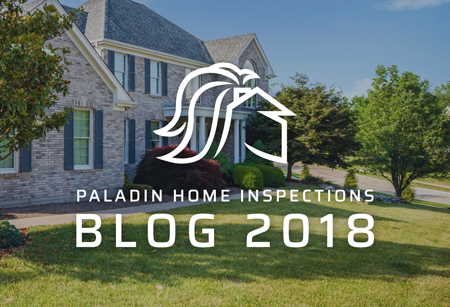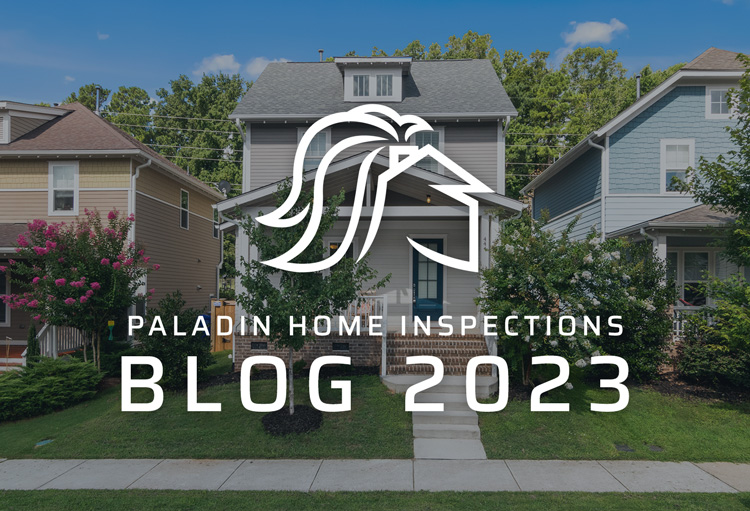Can you really see ghosts with an IR camera?
Not really. IR cameras don’t see ghosts
So what do they see?
Plenty!
First, how does an IR camera work;
You know how visible cameras work, right? Visible light comes into the camera through the lens and hits little cells in the back. Film cameras are easy to understand; the light “burns” the film, making it darker, creating a negative. The negative is then used to filter out light when the print is created. (I KNOW you no that! Stay with me.)
Infrared is a higher spectrum of light, which means our eyes cannot see it. But it works the same way. The difference is heat. While visible light comes from visible light bouncing off of a surface. IR comes from heat.
So we use the camera where heat is coming from, which shows red and orange, and where heat is going to, which shows blue and black. Remember, cold doesn’t “go” anywhere. Heat moves to cold. Yes, things cool off, but it’s because heat is leaving. Don’t fight me on this. I’m right.
So what?
So if the camera sees blue around the bottom of a toilet, I know that there is water there. So I check for a leak. Sometimes the ceiling below a toilet is blue. Same thing.
Seems like a lot of money when you already have a moisture tester.
It IS a lot of money, but I might not have suspected that particular leak. I also use it to look for gaps in insulation, and air leaks around penetrations in the ceiling for lights and vents, called “attic bypasses”.
I also look for overloads in the electric panel, because overloaded wires get hot.
And to make sure that every room has a heat source. And that doors fit tight.
It’s easier to use in the wintertime, because the differences in temperature are greater, creating a larger “delta T”. (No, I’m not making all this up. Google it.)
One time, the camera showed orange from the toilet. Yup, the water supply to the toilet was hot. The seller said that he did that on purpose, because he hates cold toilets. I don’t judge.
So, how much do you charge?
For using the camera? It’s included in the cost of the inspection. I’m not out anything for using it, because the camera’s in the tool bag anyway. Besides, it makes the inspection more complete, and that serves me as well as the customer.


